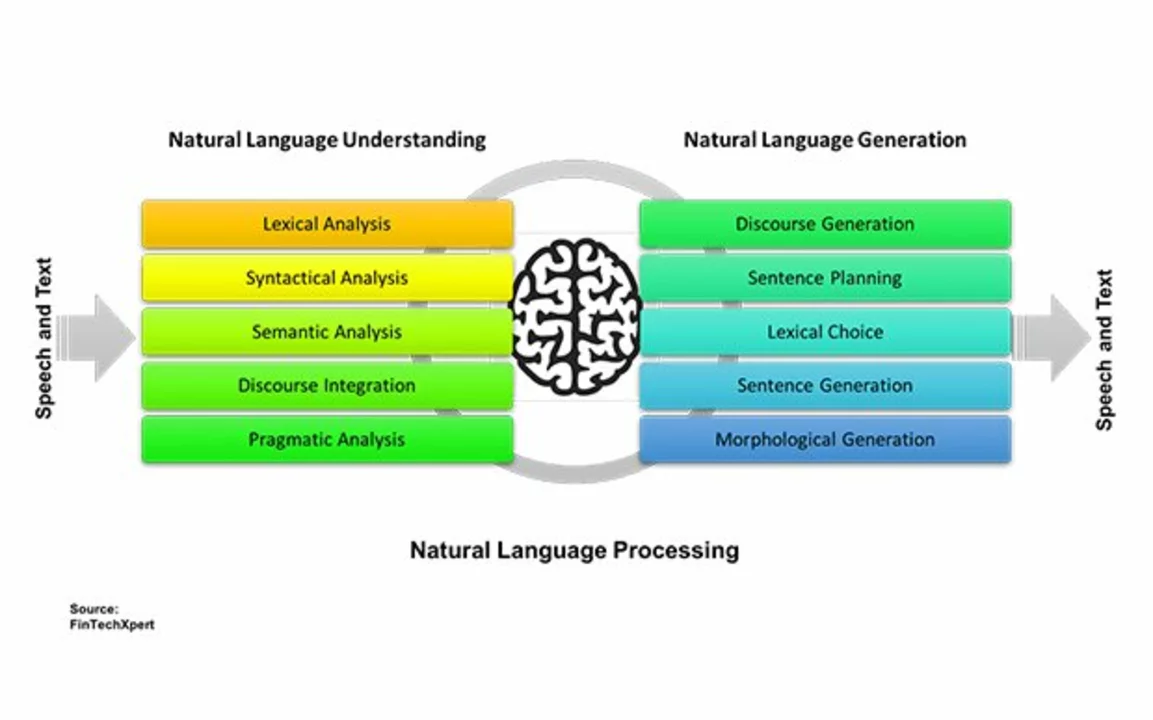Translation Software: What It Is and How to Pick the Right One
Ever needed to turn a document from English to Hindi in minutes? That’s where translation software steps in. It’s a program that automatically converts text from one language to another, saving you time and money compared to hiring a human translator for every line.
Types of translation software you’ll meet
There are three big families you’ll run into. First, pure machine‑translation engines like Google Translate or DeepL. They use AI models to spit out a draft translation in seconds. Second, Computer‑Assisted Translation (CAT) tools such as SDL Trados, MemoQ, or Wordfast. These keep a memory of past translations, suggest consistent phrasing, and let a human polish the output. Third, hybrid platforms that combine AI speed with CAT memory, offering a balance of quick drafts and reliable terminology.
Free apps are great for casual use—think short emails or social media posts. Paid solutions add features like bulk file handling, industry‑specific glossaries, and stronger data protection. If you work with sensitive contracts, look for on‑premise or encrypted cloud options.
Tips for choosing the best tool for you
Start with the language pair you need. Some engines excel at European languages but lag on Asian scripts. Test a few with a sample paragraph and compare readability.
Check the file formats supported. If you regularly translate PowerPoint decks, pick a tool that imports .pptx without breaking the layout.
Budget matters. Many platforms offer a free tier with limits on word count or API calls. For a growing business, a subscription that scales with usage can keep costs predictable.
Don’t forget security. Look for end‑to‑end encryption, compliance badges (GDPR, ISO 27001), and the option to run the engine on your own server if data leaks are a deal‑breaker.
Finally, think about integration. Does the software plug into your CMS, CRM, or help‑desk system? Seamless connections cut down on copy‑paste errors and speed up the whole workflow.
Bottom line: translation software isn’t a one‑size‑fits‑all product. Identify your language mix, volume, and security needs, then match them to a tool that offers the right mix of automation and human control. With the right choice, you’ll turn multilingual content from a headache into a smooth, repeatable process.
How does translation software deal with synonyms?
As a blogger, I've been curious about how translation software handles synonyms. I've discovered that these tools use complex algorithms and machine learning to analyze context and choose the most suitable synonym during translation. They also rely on extensive databases that contain multiple language pairs and their associated synonyms. Additionally, translation software continually improves as it learns from user inputs and feedback. In summary, dealing with synonyms is an intricate process for translation software, but they have been designed to handle this challenge effectively.
